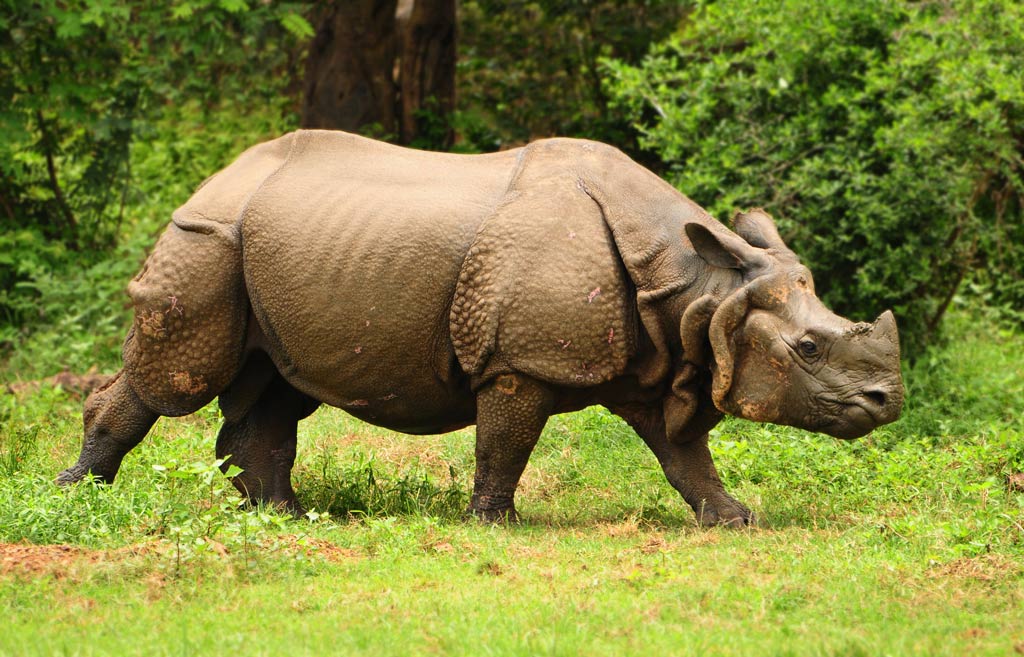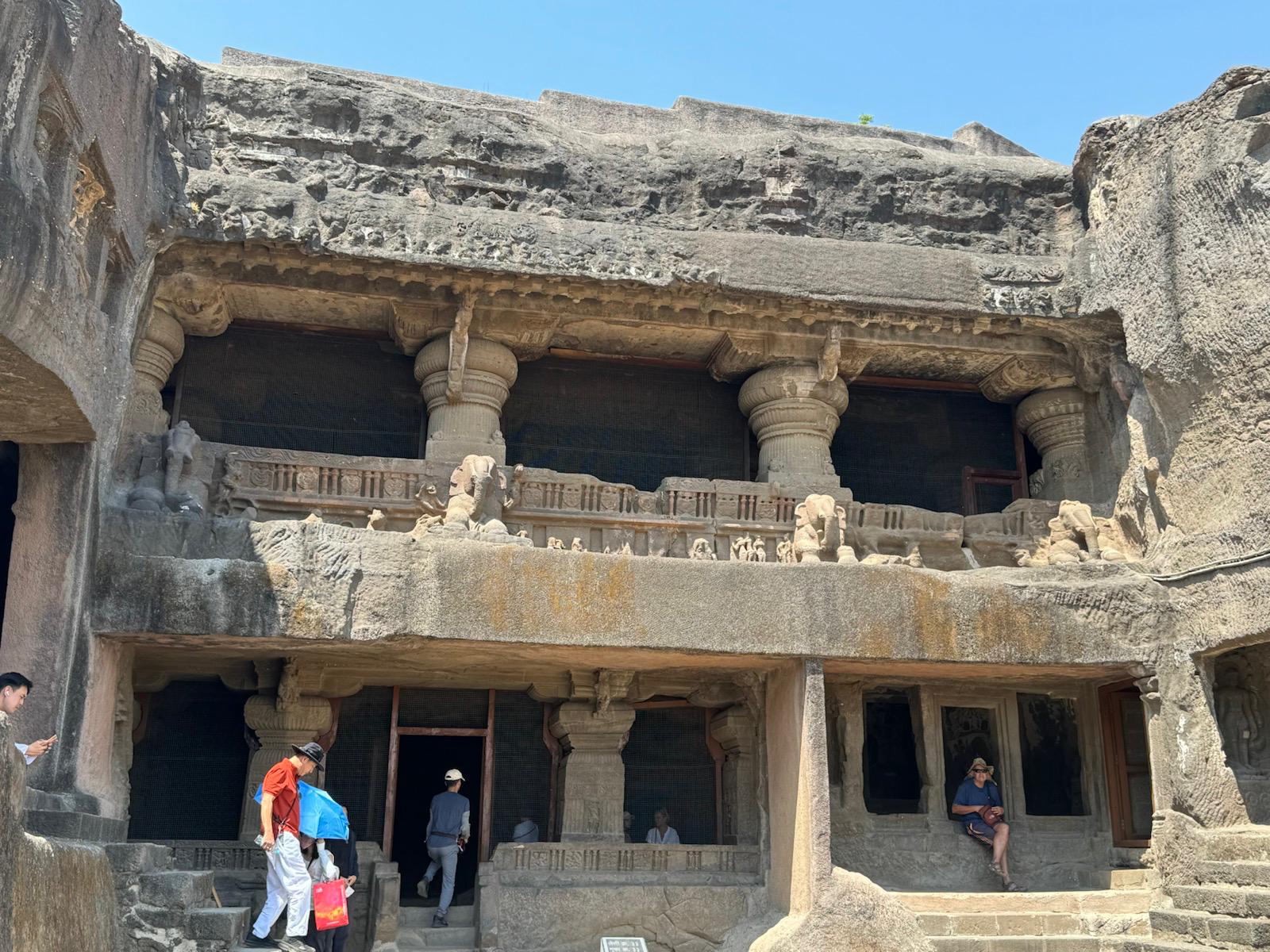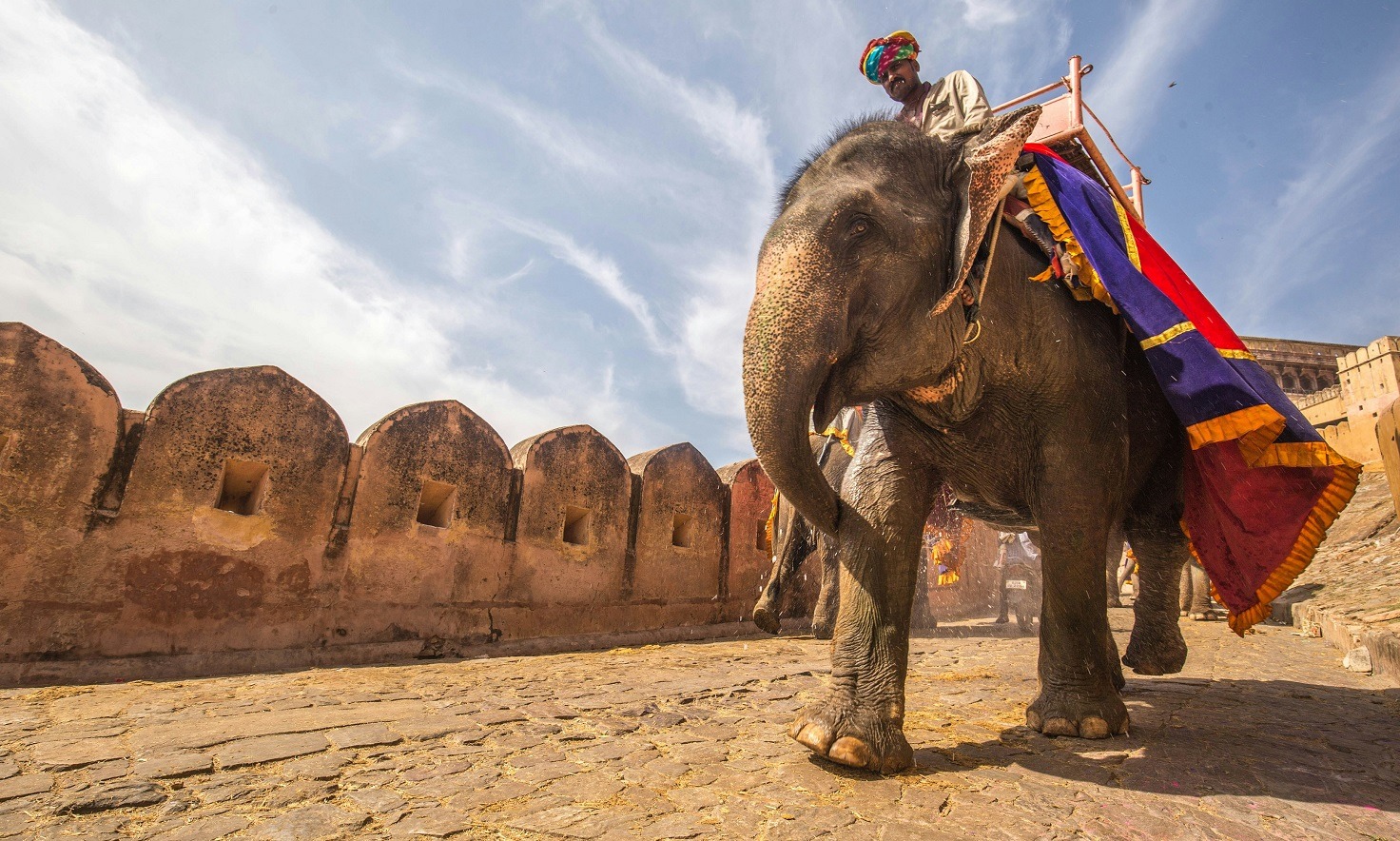
The best national parks for wildlife watching in India
The best national parks for wildlife watching in India: India, with its vast geography and diverse ecosystems, is a treasure trove for nature and wildlife lovers. From the majestic mountains of the Himalayas to the lush tropical forests of the Western Ghats, from the arid deserts of Rajasthan to the mangroves of the Sundarbans, India is home to an impressive biodiversity. For those who dream of captivating safaris and sightings of iconic animals such as tigers, rhinos and elephants, India’s national parks offer unforgettable experiences. In this article, I offer a guide to the best wildlife-watching national parks in India, with practical advice on how to make the most of your adventure.
1. Ranthambore National Park: the kingdom of the Bengal tiger
Located in the state of Rajasthan, Ranthambore National Park is one of India’s most famous parks for observing Bengal tigers in their natural habitat. Formerly a hunting reserve of the Maharajas of Jaipur, Ranthambore covers some 1,334 km² of dry forests and picturesque lakes. The park is particularly renowned for its high density of tigers, making it one of the best places to spot these majestic felines.
Safaris by jeep or canter (open vans) are the most common means of exploring the park. The best times to visit Ranthambore are from October to June, when the climate is milder and tigers are more active near waterholes. In addition to tigers, Ranthambore is also home to leopards, lippus bears, crocodiles and an impressive variety of birds and deer. Ranthambore Fort, perched on a hill in the heart of the park, offers panoramic views of the surrounding area and adds a touch of history to the adventure.
Tips for watching tigers :
– Book your safari in advance, as the number of vehicles allowed in the park is limited.
– Choose zones 1 to 5 for the best chances of tiger sightings, although other zones can also offer surprises.
– Early morning or late afternoon safaris are the best times to see active tigers.
2. Kaziranga National Park: Indian rhino sanctuary
Kaziranga National Park, located in the state of Assam, is famous for being home to the world’s largest population of one-horned rhinoceros. A UNESCO World Heritage Site, the park covers over 430 km² of floodplain, swamp and dense forest along the Brahmaputra River. Kaziranga is an outstanding example of successful conservation, having saved the Indian rhinoceros from extinction.
As well as rhinos, Kaziranga is also home to numerous elephants, water buffalo and tigers. Jeep safaris are popular, but for a truly unique experience, don’t miss an elephant safari, which allows you to get up close and personal with the animals, especially the rhinos. The best time to visit Kaziranga is from November to April, when the park is dry and accessible.
Tips for observing rhinos :
– Opt for an early morning safari, when rhinos are most active.
– Don’t miss the elephant safaris for an up-close view and a different perspective of the wildlife.
– Bring binoculars to observe rare birds and other animals from afar.
3. Sundarbans National Park: home to the swimming tiger
The Sundarbans National Park, located in the state of West Bengal, is one of India’s most unique and mysterious ecosystems. Part of the world’s largest mangrove swamp, the park is home to the most elusive Bengal tigers, famous for their ability to swim in salt water. The Sundarbans is also a UNESCO World Heritage Site, and its intricate network of rivers, canals and mangrove islets offers a wild and fascinating setting for wildlife observation.
Exploring the Sundarbans is an adventure in itself. Safaris are mainly by boat, which adds a unique dimension to the experience. As well as tigers, the park is home to crocodiles, pythons, Gangetic dolphins and a wide variety of birds. The best time to visit the Sundarbans is from November to February, when the climate is cool and the chances of observing wildlife are optimal.
Tips for watching Sundarbans tigers :
– Be patient and quiet on boat safaris; Sundarbans tigers are very discreet.
– Opt for an experienced local guide, familiar with the habits of tigers and other animals.
– Choose early morning safaris to maximize your chances of sightings.
4. Bandhavgarh National Park: The best tiger encounter rate
Bandhavgarh National Park, located in the state of Madhya Pradesh, is renowned for having one of the highest densities of tigers in India. Formerly a hunting reserve of the Maharajas of Rewa, Bandhavgarh is now one of the most popular destinations for tiger enthusiasts. The park is divided into several safari zones, each offering exceptional opportunities to observe these majestic felines.
Bandhavgarh is also home to other animals such as leopards, gaur, fallow deer and a multitude of birds. Jeep safaris are the preferred way to explore the park. October to June are the best months to visit, with tiger sightings particularly frequent in the warmer months, when the animals seek to cool off near waterholes.
Tips for watching tigers in Bandhavgarh:
– Book safaris for popular areas like Tala, which offer the best tiger encounter rates.
– Morning safaris often offer the best chances, so make sure you’re ready before dawn.
– Watch out for signs of tigers, such as the warning calls of langurs and fallow deer.
5. Jim Corbett National Park: India’s oldest national park
Jim Corbett National Park, located in the state of Uttarakhand, is India’s oldest national park, founded in 1936. Named after the famous hunter-turned-curator Jim Corbett, the park is renowned for its Bengal tigers, elephants and varied landscapes, from dense forests to meandering rivers and open grasslands.
Corbett is divided into several zones, and each offers a different experience. The Dhikala area is the most popular for its vast grasslands and opportunities to spot tigers, elephants, and crocodiles. The best time to visit Jim Corbett is from November to June, with jeep safaris and wilderness lodges for total immersion.
Tips for wildlife watching at Jim Corbett:
– Opt for stays in the inner areas of the park, such as Dhikala, for a more immersive experience.
– Early morning or late afternoon jeep safaris are best for tiger watching.
– Don’t miss the observation towers and river viewpoints, where elephants and crocodiles can often be spotted.
Conclusion
India, with its spectacular national parks and rich, diverse wildlife, offers unrivalled wildlife experiences. Whether it’s to see the majestic Bengal tigers of Ranthambore and Bandhavgarh, the imposing rhinos of Kaziranga, or the mysterious swimming tigers of the Sundarbans, each park offers a unique adventure. By following these tips and respecting local ecosystems, you’ll experience unforgettable moments in harmony with nature. Get your binoculars and camera ready, and let yourself be enchanted by the magic of India’s national parks.





